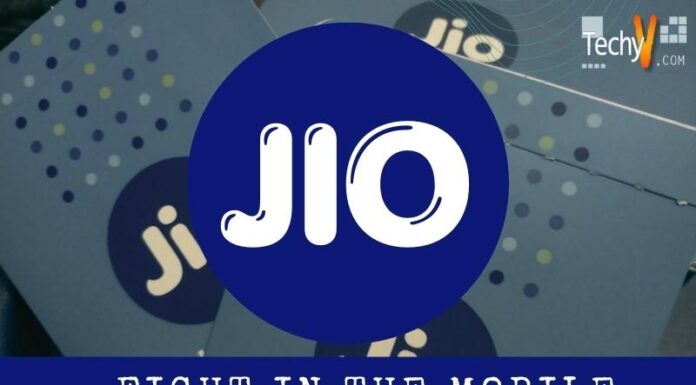The open-source e-learning platform is a growing trend nowadays. It allows you to develop your course material, upload it into the open-source library, and post it for others. You may use this e-learning platform to educate anyone about anything, from utilizing a new piece of software or navigating a new website to more advanced concepts and skills through in-depth articles and videos.
1. Dokeos
Dokeos is an e-learning platform that offers a wide range of features, including virtual classrooms, online collaboration tools, and mobile apps. It’s available in more than 30 languages. The company’s open-source software has been downloaded more than 1 million times since its launch in 2011.
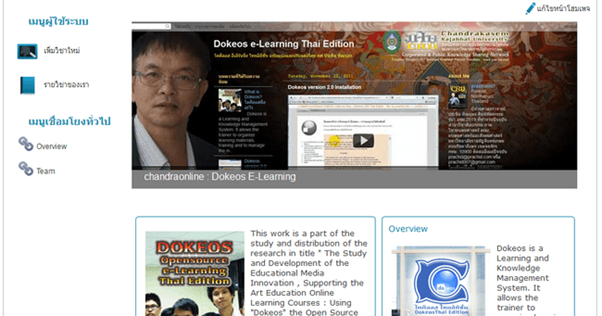
2. Chamilo
Chamilo is a free, open-source learning management system (LMS) built on PHP scripting. Over one hundred thousand educational institutions and business academies utilize it every day. Chamilo includes some features like content creation, virtual classrooms, and blogs; gradebook tracking; student records management; app development support; course management tools such as assignments submission through web forms or email messages, etc.
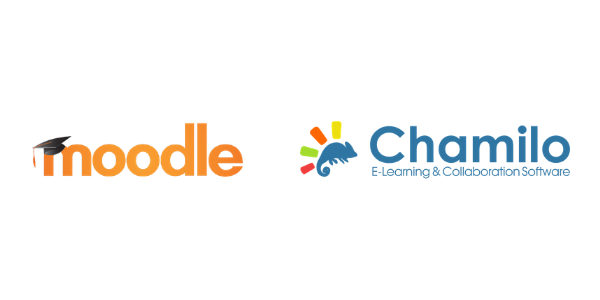
3. Claroline
Claroline is an open-source LMS. It’s a web-based learning management system that allows you to create courses, organize your content, and upload files for learners to access online. It is also compatible with many file formats and other applications, including learning management systems and email marketing programs. It’s free to use, but there are some limitations if you want more features than the introductory service offers (such as premium plans). However, it works well enough if all you need is something simple that lets students log in once they register their account—which means this could work very well if you don’t have much budget or time available!
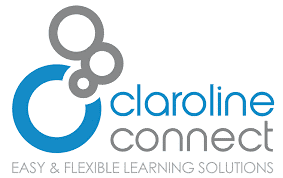
4. Efront
eFront is an open-source Learning Management System (LMS). The eFront group launched it in 2009, and other educational institutions have since adopted it globally. Some other nations that have used it include the USA, Canada, ANZ, and SA. The primary objective of this project was to develop a flexible LMS platform for instruction across a wide range of topics and on a wide variety of devices and browsers. The initial PHP/MySQL version of the program has enabled it to achieve a level of efficiency far higher than rival platforms such as Moodle and Magento.
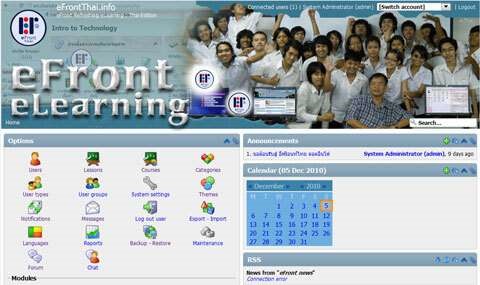
5. Moodle
Moodle is an open-source e-learning platform. It’s a highly flexible, scalable, and customizable learning platform that anyone can use to build their courses. Over 7 million people worldwide use Moodle, and more than 10,000 institutions, including educational establishments, businesses, and other types of organizations, also use the platform.
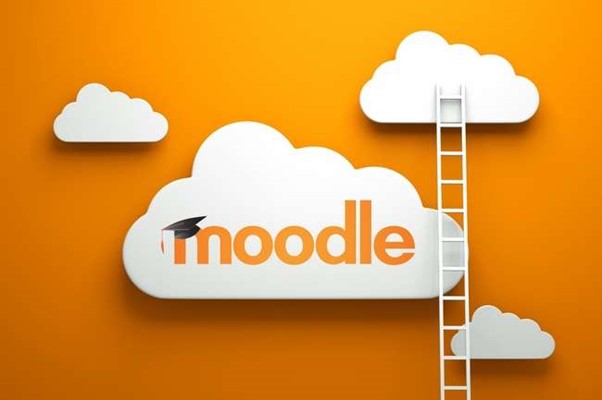
6. ATutor
ATutor is an open-source e-learning content management system (CMS) and learning management system (LMS). It is utilized by thousands of educational institutions, including schools, colleges, and language centers, all over the world. ATutor is a program that does not require a license charge and is available for free. ATutor’s flexible architecture allows users to extend it in any direction: adding new features, modifying existing ones, or creating brand-new applications. A result is a powerful tool that can accommodate any learning process you need to achieve your goals!
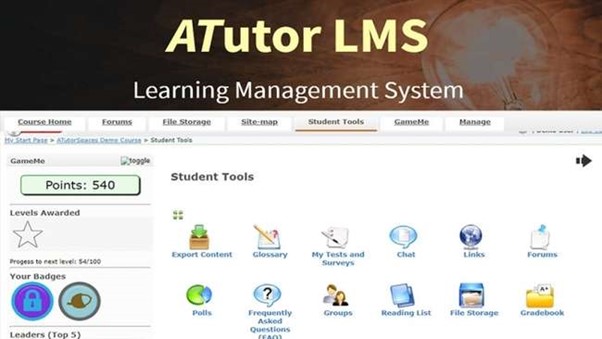
7. Bodington
Bodington is a platform for e-learning that is open-source and free to use. It may be utilized for both online learning and learning at a distance. PHP is used for programming, while MySQL serves as its database backend. People who wish to construct their web application easily or operate an existing website on a Linux machine efficiently may consider using Bodington as their web application development tool.

8. DaDaABC
DaDaABC is an open-source project that provides a learning management system to support online courses. The software’s primary goal is to enable users to create, manage and share their online courses. It also allows them to collaborate with others during the same period or even create new ones from scratch. DaDaABC supports more than 30 languages and has been translated into several languages worldwide, making it easy for anyone who wants access to its features regardless of their native tongue. In addition, many modules are available for download, so you can customize them quickly if needed!

9. Eclass
Eclass is a free and open-source online learning platform. It’s a collaborative learning environment that allows teachers and students to work together, creating and sharing content and collaborating with others on projects. eClass also provides an easy way for educators to manage their classes, administer quizzes, grade assignments, track student progress over time—and much more!
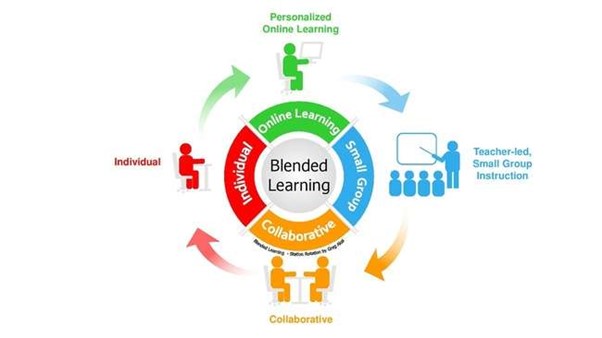
10. Opened
Opened is an online learning platform that allows you to create courses and customize existing ones. It uses the LTI standard for integration with other services, making it easy to import data from Moodle or Canvas and incorporate your content into the site. Opened also has a large community of users who contribute their resources, helping grow its library of open-source content.

Conclusion
The best open-source e-learning platform is the one that works for you. From public or private, online or offline, it is your choice to choose the best learning platform for yourself and your students. The most important thing to remember is that all these platforms have their pros and cons; no one can claim to be perfect all the time. So if you are looking at getting started in this field, begin by finding out what kind of content you need on which platform, then go ahead!




